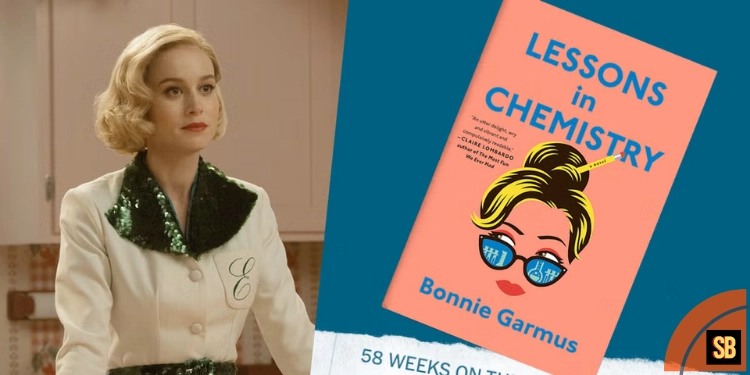Bonnie Garmus’s beloved novel, Lessons in Chemistry, has been transformed into an Apple TV+ series. While the show remains true to the book’s essence, there are several notable changes that make it a captivating adaptation. So let’s break down the top five differences between these two versions and explain how these changes improve the user experience.
1. Harriet Sloane’s Transformation
In the book, Harriet Sloane plays a minor role, providing comic relief. However, the TV series elevates her to a main character with her own compelling storylines. This change allows the show to delve into profound themes like racism, sexism, and motherhood. Furthermore, Harriet’s character undergoes a significant makeover – from a middle-aged white woman with an abusive husband in the book to a young Black woman with two children and a husband serving in the Korean War in the show. These changes not only reflect the show’s commitment to diversity but also provide a more nuanced exploration of her character and her relationship with Elizabeth Zott.
2. The First Kiss’s Scenic Shift
The first kiss between Elizabeth and Calvin is a pivotal moment in both the book and the series, though the setting differs. In the book, the kiss takes place in a mundane parking lot, while in the show, it occurs on a serene lake. This change adds a romantic and visually appealing dimension to the storyline, symbolizing Elizabeth’s journey of embracing her feelings and letting go of her inhibitions. The show’s Elizabeth is more willing to take risks and follow her heart, in contrast to the book’s more hesitant portrayal.
3. A More Intimate Proposal:
Calvin’s proposal to Elizabeth is another crucial moment in both versions. In the book, it happens in the cafeteria at Hastings, whereas in the show, it takes place more privately, in their apartment. This change aligns with the show’s era and lends a more intimate and personal touch to the proposal. In the book, Elizabeth initially hesitates due to concerns about losing her independence, but in the show, she’s portrayed as more confident and assertive, readily accepting Calvin’s proposal.
4. Timing of Elizabeth’s Pregnancy
Elizabeth’s pregnancy is a central plot point in both the book and the show, but the timing of the revelation varies. In the book, she discovers her pregnancy a few weeks after Calvin’s death, while in the show, she learns about it while Calvin is still alive. This adjustment allows for more emotional scenes between Elizabeth and Calvin, offering a deeper exploration of the impact of her pregnancy on their relationship. In the book, her pregnancy eventually brings comfort after Calvin’s death, while in the show, it becomes a more joyous occasion, shared with Calvin.
5. A Definitive Conclusion
The book’s ending leaves Elizabeth’s future somewhat ambiguous as she departs from Hastings with her daughter, Mad. In contrast, the TV series provides a more definitive conclusion. Elizabeth returns to Hastings and begins her cooking show, educating viewers on the science of cooking. This ending is more gratifying for the audience, showcasing Elizabeth’s professional growth and maturity. In the book, she hesitates to pursue her career out of fear, while in the show, she’s portrayed as confident and willing to take risks to achieve her dreams.
Other Notable Changes
In addition to these major shifts, the Lessons in Chemistry TV series introduces several smaller changes. For instance, a subplot is added involving Elizabeth’s battle against the construction of a freeway through her neighborhood, allowing the show to explore themes of environmentalism and social justice.
Ending Notes
The adaptation of Lessons in Chemistry is a faithful and skillfully crafted representation of the novel. These changes, predominantly positive, make the show even more captivating and relevant for contemporary audiences. Viewers can appreciate the effort put into enhancing the storyline while staying true to the spirit of the book.















